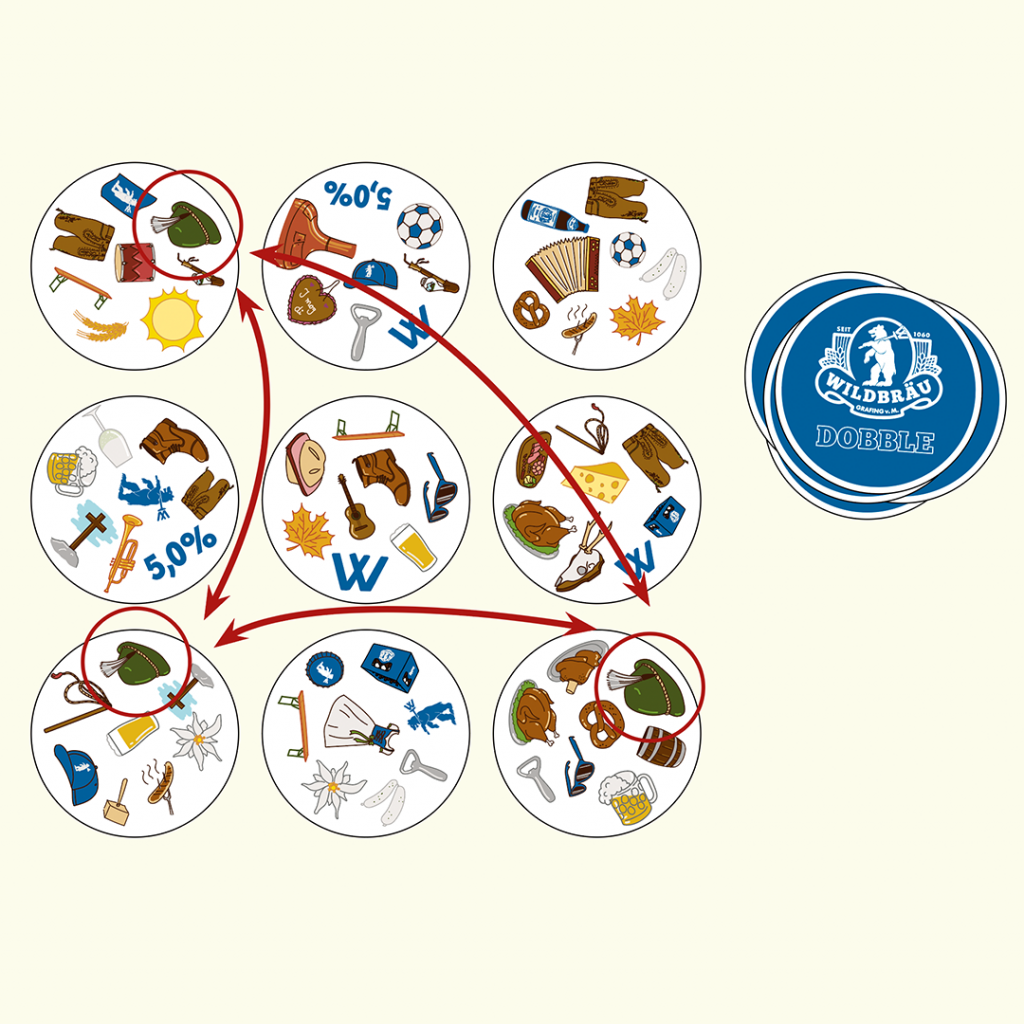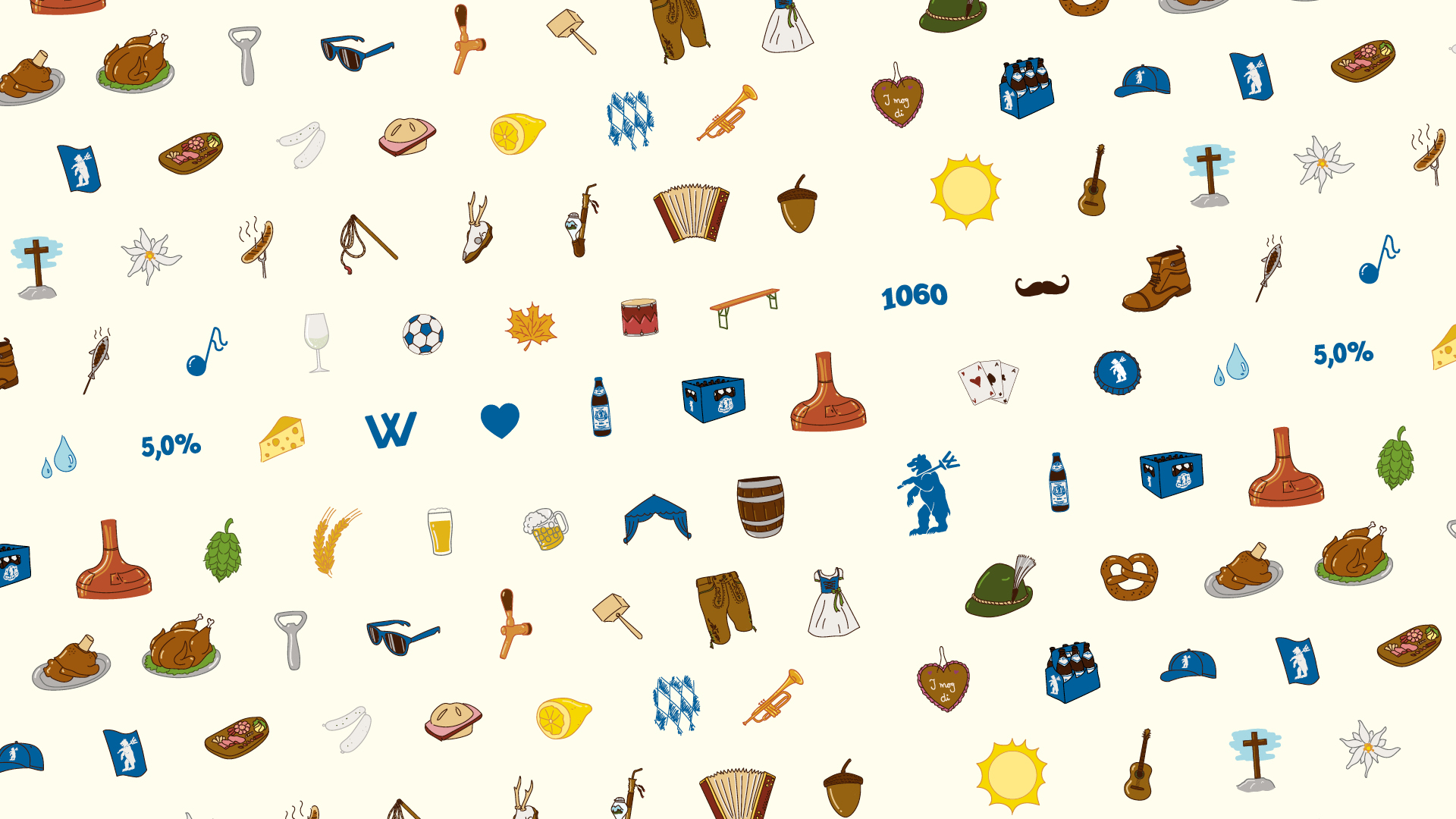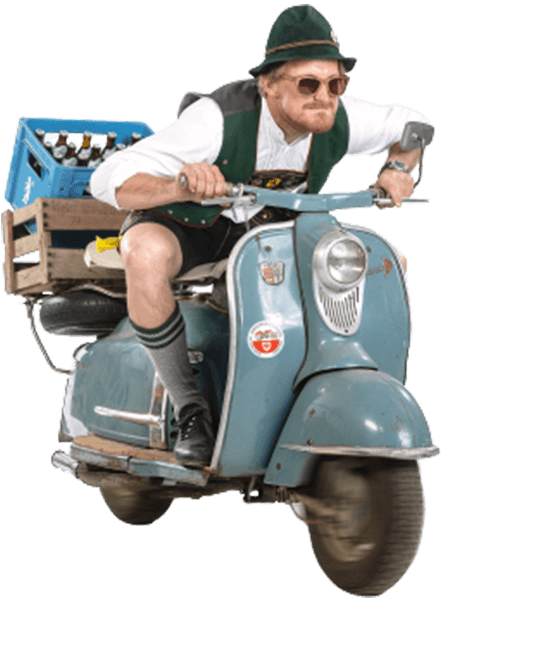where are we from and where do we go?
For 100,000 years, the land that will later become Grafing has been frozen under 500 meters of ice. Until 10,000 years ago the temperatures finally rose and the Inn glacier was thawing. What remains are the Inn, the Rosenheim lake basin and the beautiful, hilly moraine landscape around Grafing.
When the descendants of modern humans reach the foothills of the Alps, they penetrate into the Rosenheim basin, which becomes the home of the Bavarians. There they develop their very special Bavarian life and language culture.
When Duke Heinrich II built the Gisling estate for his wife Gisela in 960, he laid an important foundation stone for the development of Grafing. Because when he loses a struggle for domination within the family with his uncle Otto I, Duke of Saxony and King of the East Franconian Empire, the property is withdrawn from him and passed on to the opposing Count, who renames it “Landgut Grafing”. This is how the ducal founding place Grafing and the birthplace of today’s Wildbräus come into being. 1060 – our founding date. The priest Konrad assigns a property in Sulding to the Benedictine Abbey of Ebersberg and receives annual donations in kind from the Gisling / Grafing estate, including a fixed quota of full beer (“cervesia plena”) that was already brewed there at the time.
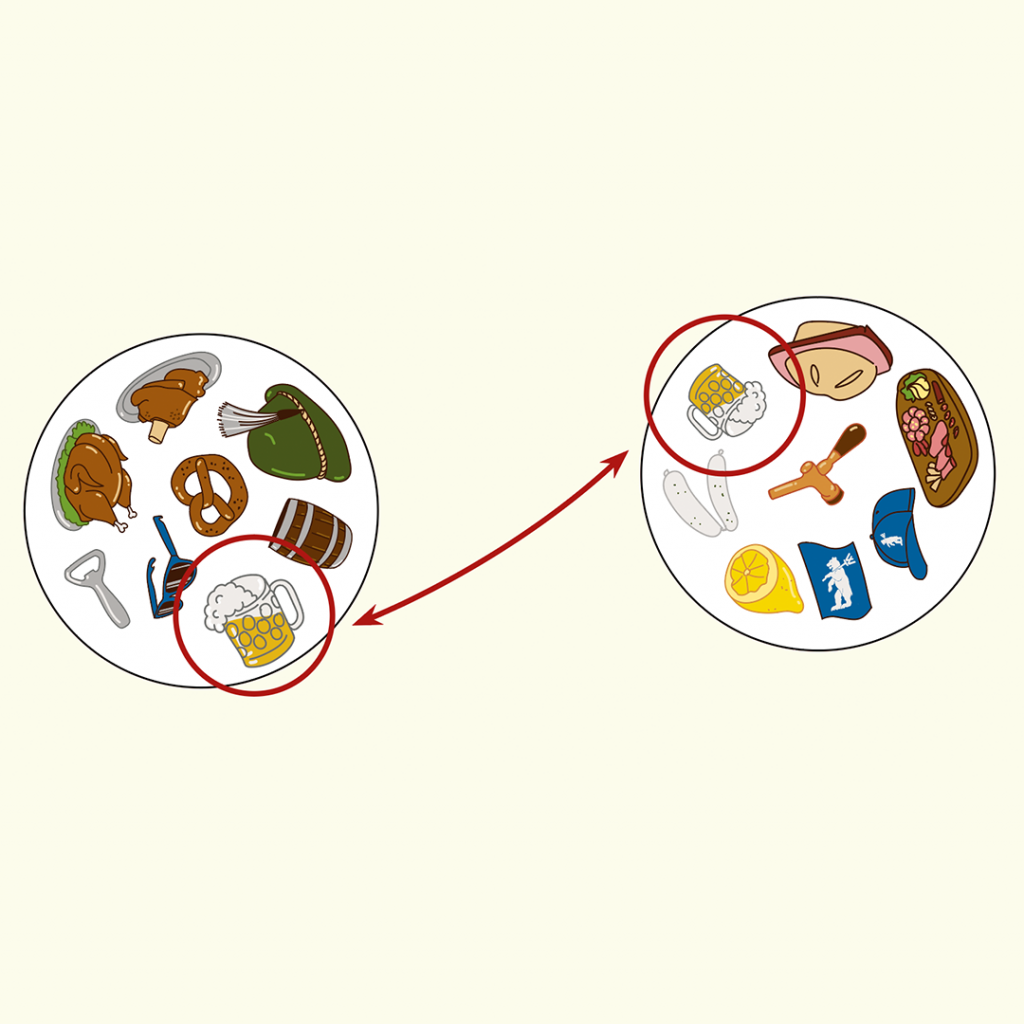
As early as 1205, the aristocratic Grafing estate received the “Ius Tavernae”, the licensing right as a tavern. An inn has been operating there for 816 years now. Today it is called the “Bräustüberl” of the Wildbräu.
Meanwhile, the struggle for rule continues. Wittelsbachers and Habsburgs went to war against each other for centuries. When the Grafingers victoriously supported their Ludwig IV of Bavaria in the decisive battle near Mühldorf in 1322, they received a special honor, according to legend.
After the battle, Ludwig thanks the Grafinger Fähnlein: “You fought as strong and brave as the bears.” In addition to great gratitude, the people from Grafing will benefit from a generous tax exemption in the following years. And when Duke Ludwig IV fully asserted himself, first becoming king and emperor five years later, the Grafingers proudly incorporated the bear into the city’s coat of arms in 1430.
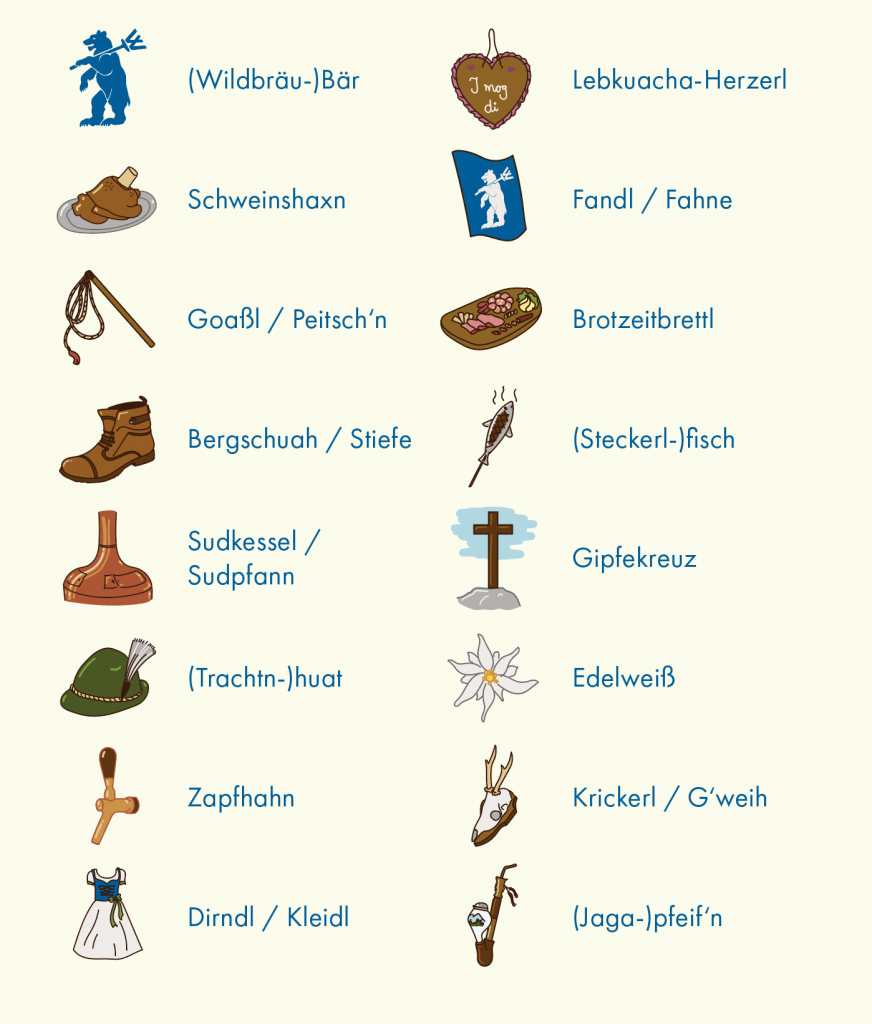
Spielvarianten:
When Duke Heinrich II built the Gisling estate for his wife Gisela in 960, he laid an important foundation stone for the development of Grafing. Because when he loses a struggle for domination within the family with his uncle Otto I, Duke of Saxony and King of the East Franconian Empire, the property is withdrawn from him and passed on to the opposing Count, who renames it “Landgut Grafing”. This is how the ducal founding place Grafing and the birthplace of today’s Wildbräus come into being. 1060 – our founding date. The priest Konrad assigns a property in Sulding to the Benedictine Abbey of Ebersberg and receives annual donations in kind from the Gisling / Grafing estate, including a fixed quota of full beer (“cervesia plena”) that was already brewed there at the time.
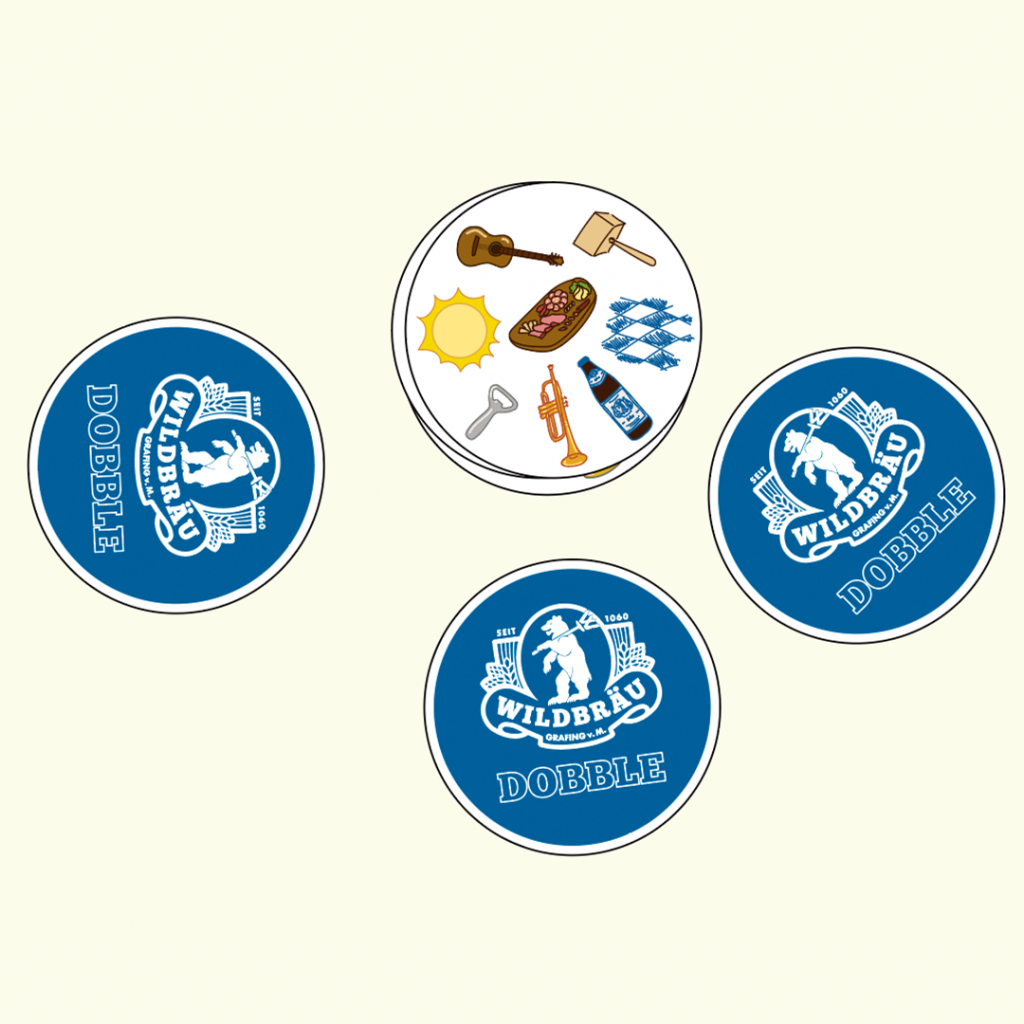
As early as 1205, the aristocratic Grafing estate received the “Ius Tavernae”, the licensing right as a tavern. An inn has been operating there for 816 years now. Today it is called the “Bräustüberl” of the Wildbräu.
Meanwhile, the struggle for rule continues. Wittelsbachers and Habsburgs went to war against each other for centuries. When the Grafingers victoriously supported their Ludwig IV of Bavaria in the decisive battle near Mühldorf in 1322, they received a special honor, according to legend.
After the battle, Ludwig thanks the Grafinger Fähnlein: “You fought as strong and brave as the bears.” In addition to great gratitude, the people from Grafing will benefit from a generous tax exemption in the following years. And when Duke Ludwig IV fully asserted himself, first becoming king and emperor five years later, the Grafingers proudly incorporated the bear into the city’s coat of arms in 1430.

When Duke Heinrich II built the Gisling estate for his wife Gisela in 960, he laid an important foundation stone for the development of Grafing. Because when he loses a struggle for domination within the family with his uncle Otto I, Duke of Saxony and King of the East Franconian Empire, the property is withdrawn from him and passed on to the opposing Count, who renames it “Landgut Grafing”. This is how the ducal founding place Grafing and the birthplace of today’s Wildbräus come into being. 1060 – our founding date. The priest Konrad assigns a property in Sulding to the Benedictine Abbey of Ebersberg and receives annual donations in kind from the Gisling / Grafing estate, including a fixed quota of full beer (“cervesia plena”) that was already brewed there at the time.
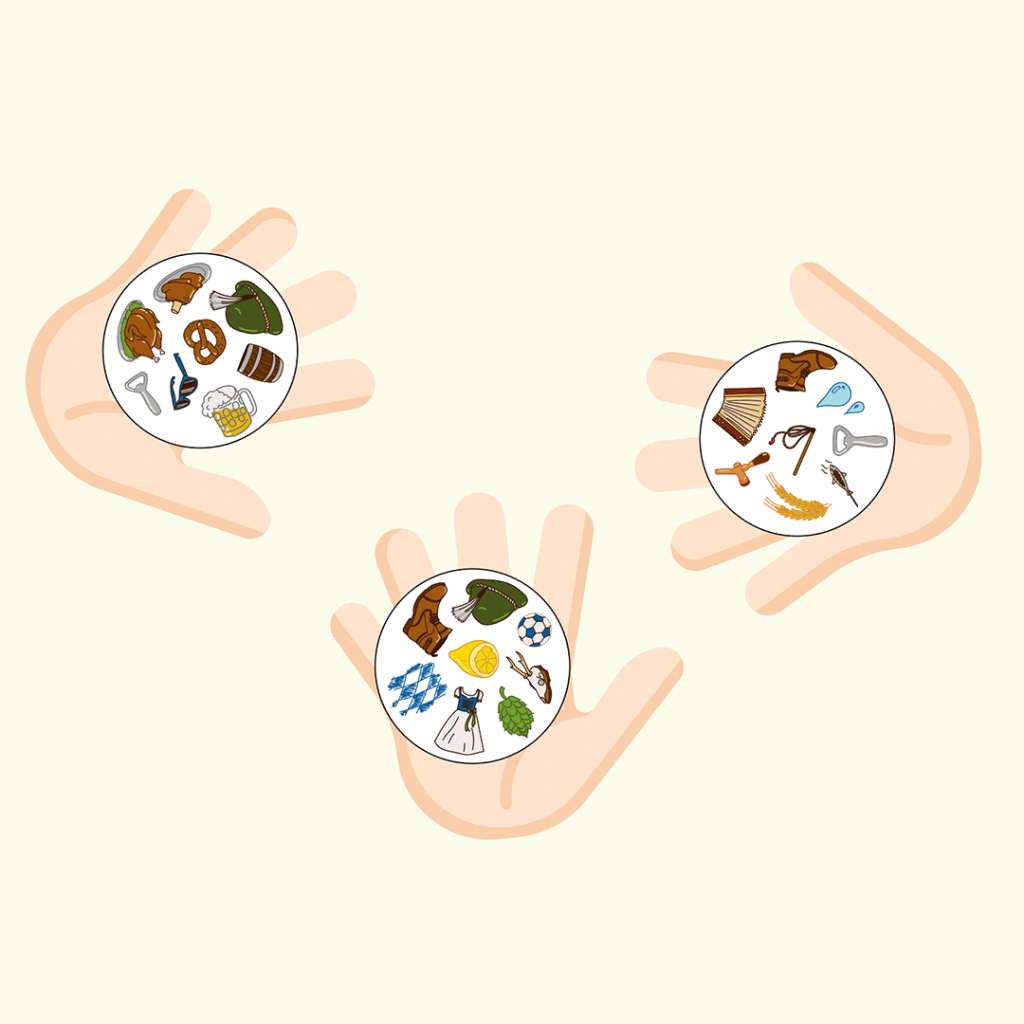
As early as 1205, the aristocratic Grafing estate received the “Ius Tavernae”, the licensing right as a tavern. An inn has been operating there for 816 years now. Today it is called the “Bräustüberl” of the Wildbräu.
Meanwhile, the struggle for rule continues. Wittelsbachers and Habsburgs went to war against each other for centuries. When the Grafingers victoriously supported their Ludwig IV of Bavaria in the decisive battle near Mühldorf in 1322, they received a special honor, according to legend.
After the battle, Ludwig thanks the Grafinger Fähnlein: “You fought as strong and brave as the bears.” In addition to great gratitude, the people from Grafing will benefit from a generous tax exemption in the following years. And when Duke Ludwig IV fully asserted himself, first becoming king and emperor five years later, the Grafingers proudly incorporated the bear into the city’s coat of arms in 1430.

When Duke Heinrich II built the Gisling estate for his wife Gisela in 960, he laid an important foundation stone for the development of Grafing. Because when he loses a struggle for domination within the family with his uncle Otto I, Duke of Saxony and King of the East Franconian Empire, the property is withdrawn from him and passed on to the opposing Count, who renames it “Landgut Grafing”. This is how the ducal founding place Grafing and the birthplace of today’s Wildbräus come into being. 1060 – our founding date. The priest Konrad assigns a property in Sulding to the Benedictine Abbey of Ebersberg and receives annual donations in kind from the Gisling / Grafing estate, including a fixed quota of full beer (“cervesia plena”) that was already brewed there at the time.
